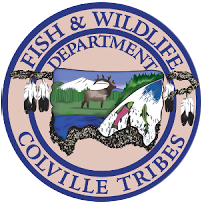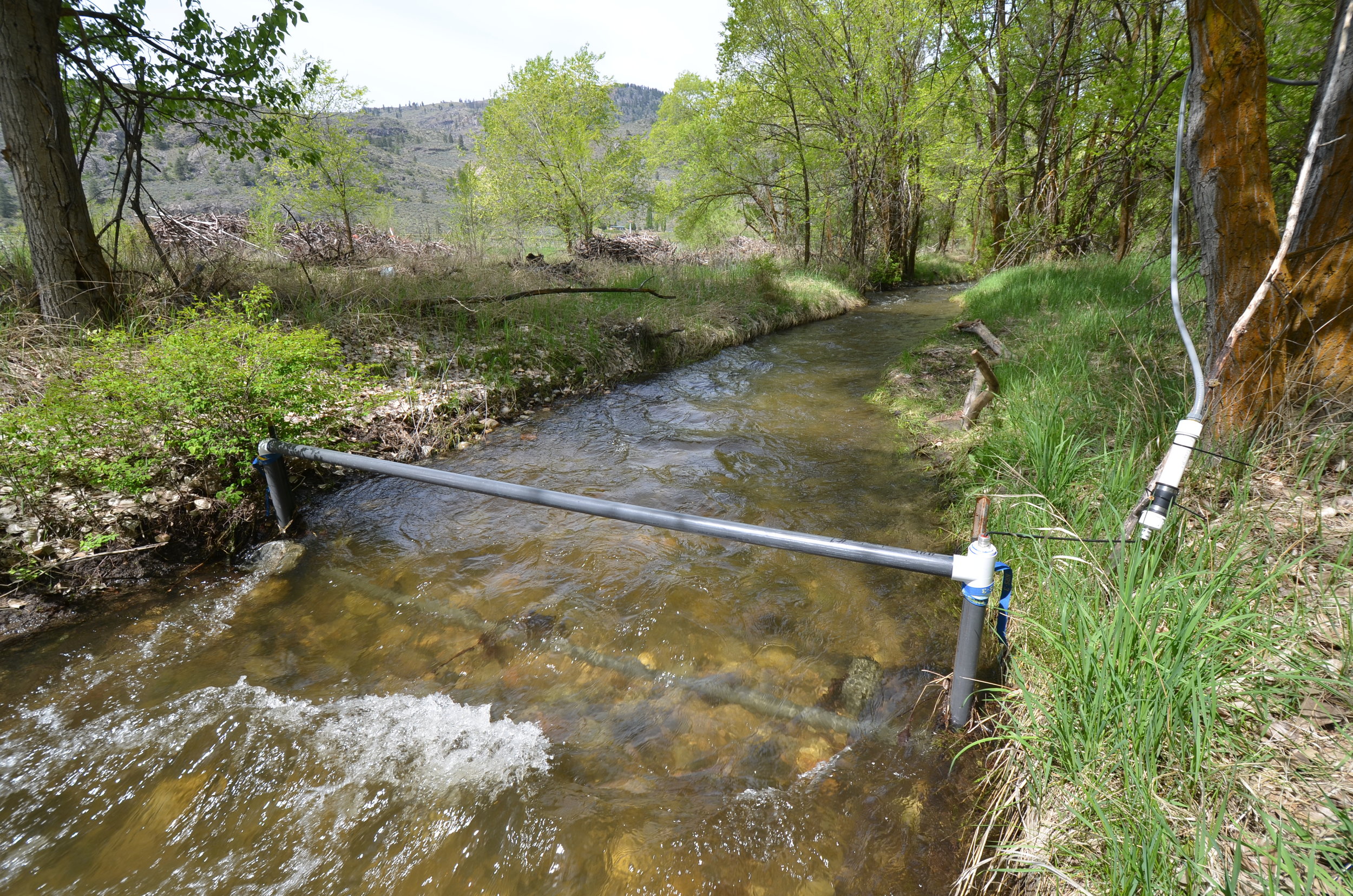Upper Columbia Spring Chinook and Steelhead
The Upper Columbia Spring Chinook and Steelhead Juvenile and Adult Abundance, Productivity and Spatial Structure Monitoring project's main objective is to estimate the annual abundance and age composition of wild and hatchery steelhead upstream of Priest Rapids Dam.
This project allows staff to operate and maintain a growing network of PIT (Passive Integrated Transponder) Tag interrogation sites in the Okanogan Basin. The CCT’s participation contributes to the overall objectives of the project, which are to: 1) evaluate precision and accuracy of PIT tagged smolt monitoring for both steelhead and spring Chinook 2) estimate the proportion of hatchery steelhead in each population 3) estimate the precision of redd counts for both steelhead and spring Chinook and 4) evaluate the accuracy of the steelhead spawning ground survey design. This project also conducts a steelhead radio telemetry study to independently validate estimates generated from PIT tags and to estimate steelhead population characteristics (overwinter survival, number of redds per female). This project seeks to build on existing programs in all the subbasins and provide information and equipment needed for long term monitoring of VSP parameters with a known level of accuracy and precision. WDFW is the primary contractor for the project and conducts extensive work in the Wenatchee and Methow subbasins. In the Okanogan Basin, the Colville Tribes are the lead agency because most of the M & E is conducted by the Colville Tribes under OBMEP. PIT tag interrogation sites are used in detecting tagged salmonids within the Okanogan River Basin and totaled 20 unique systems in 2014. Seven permanent year around systems and 11 seasonal systems are maintained and operated by the CTFW Department on a continual basis. All data are uploaded to the PTAGIS data system for archiving and this information can be queried and downloaded from the internet at:



